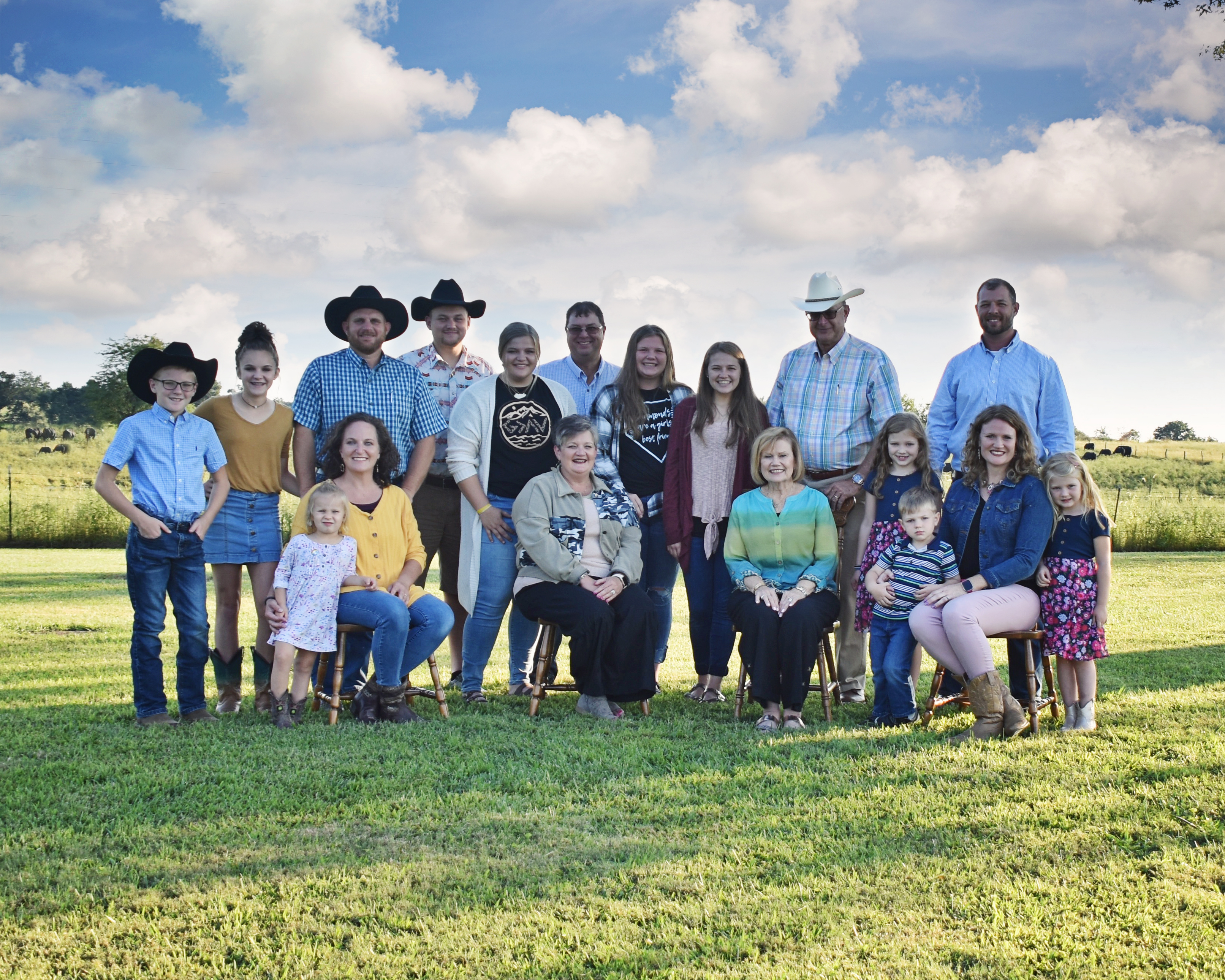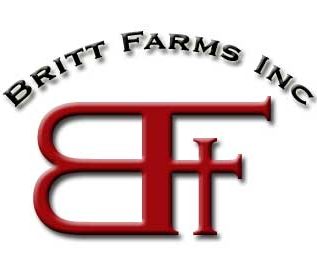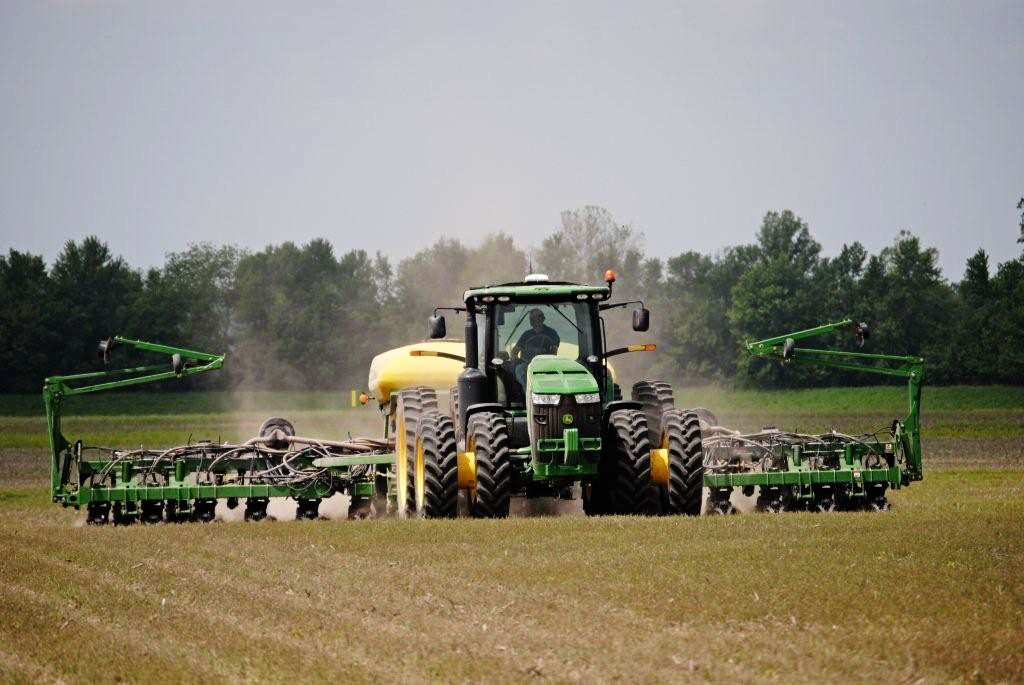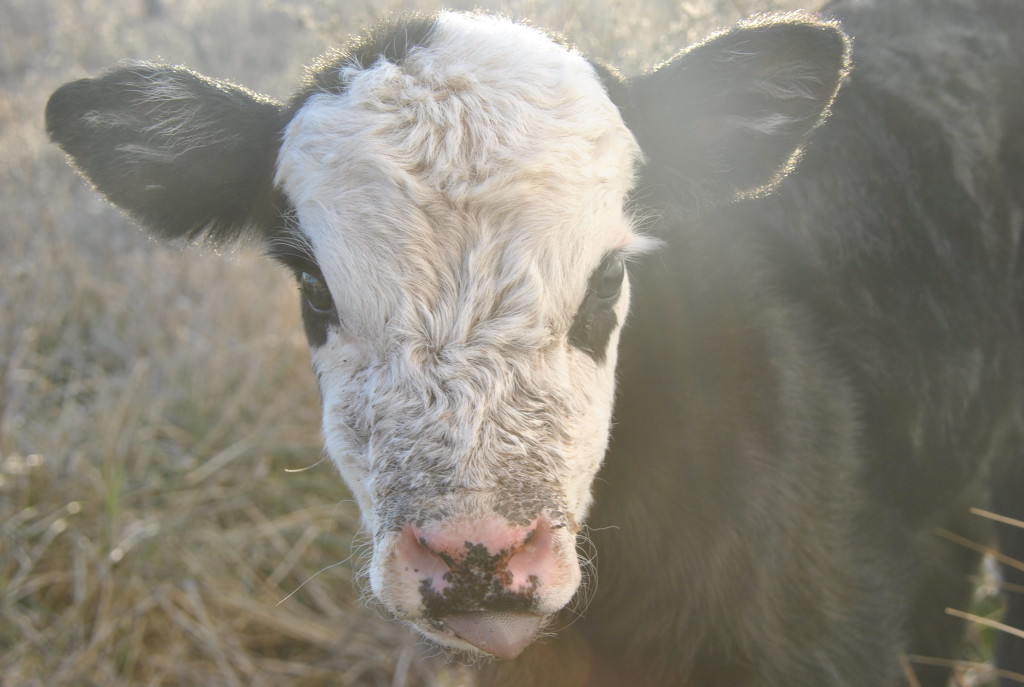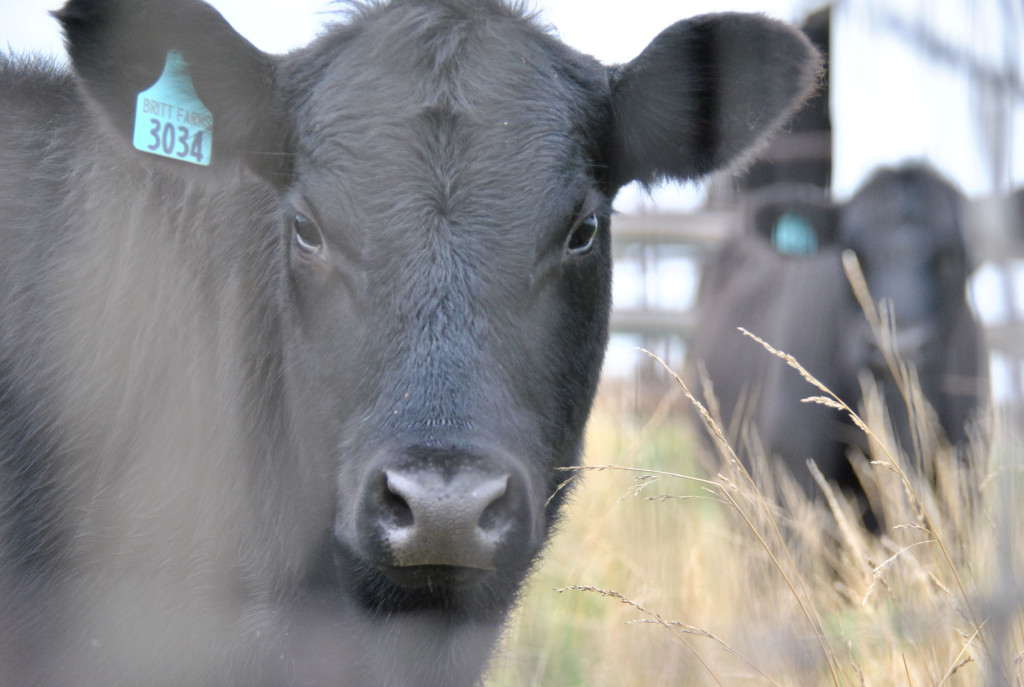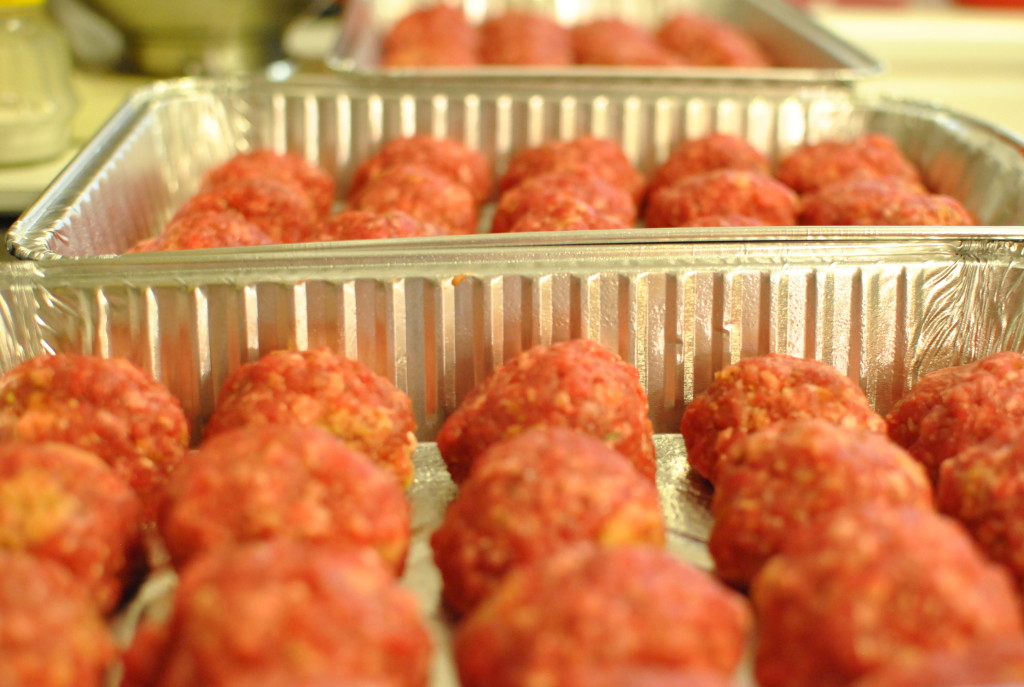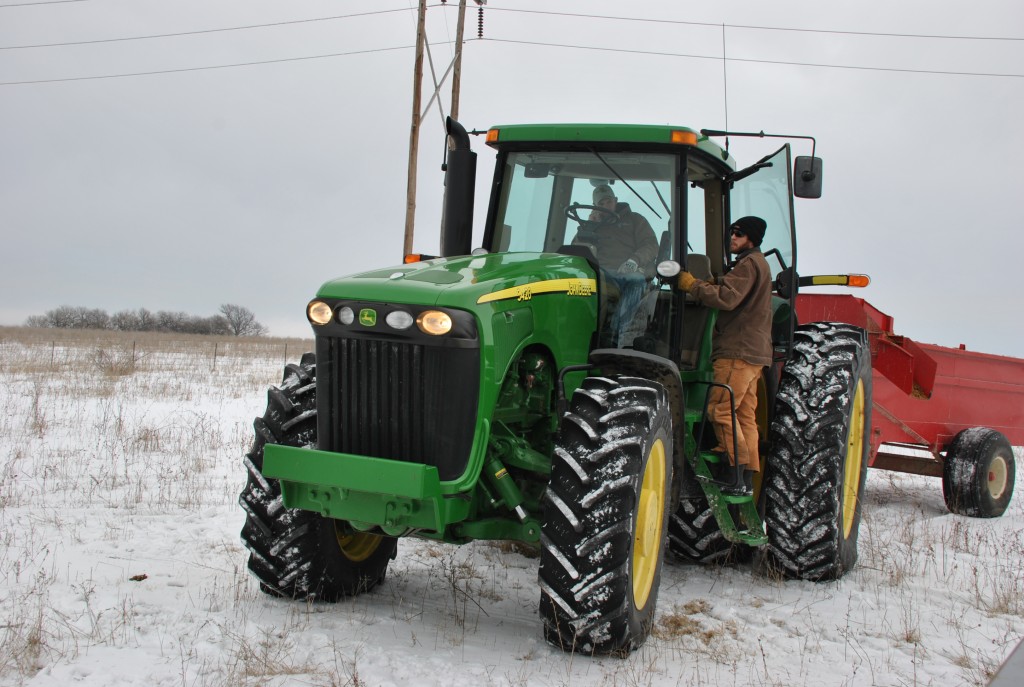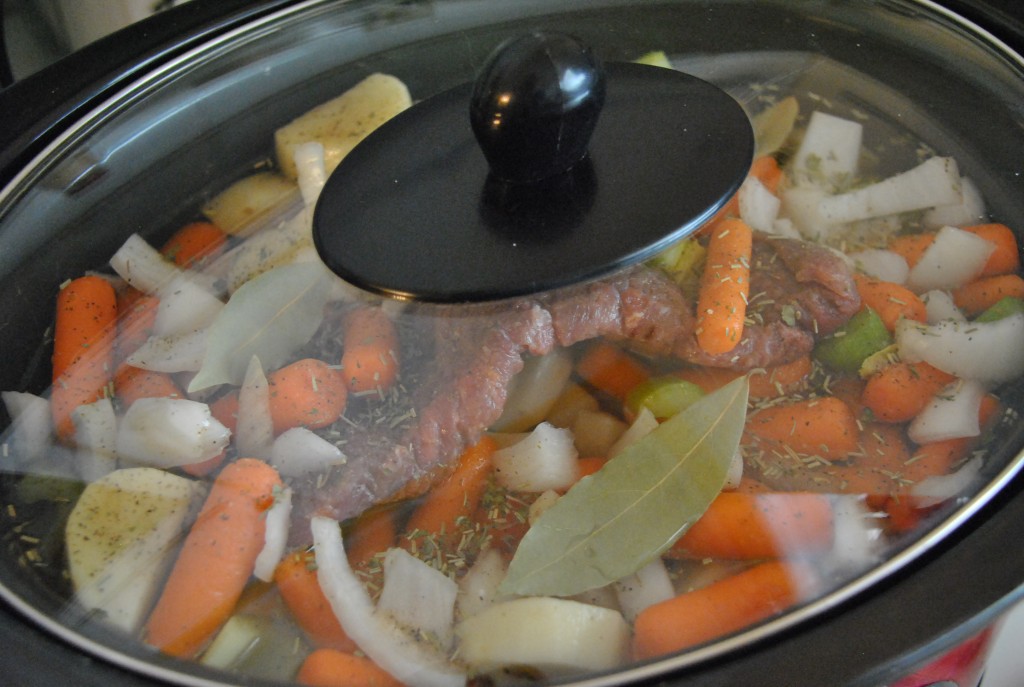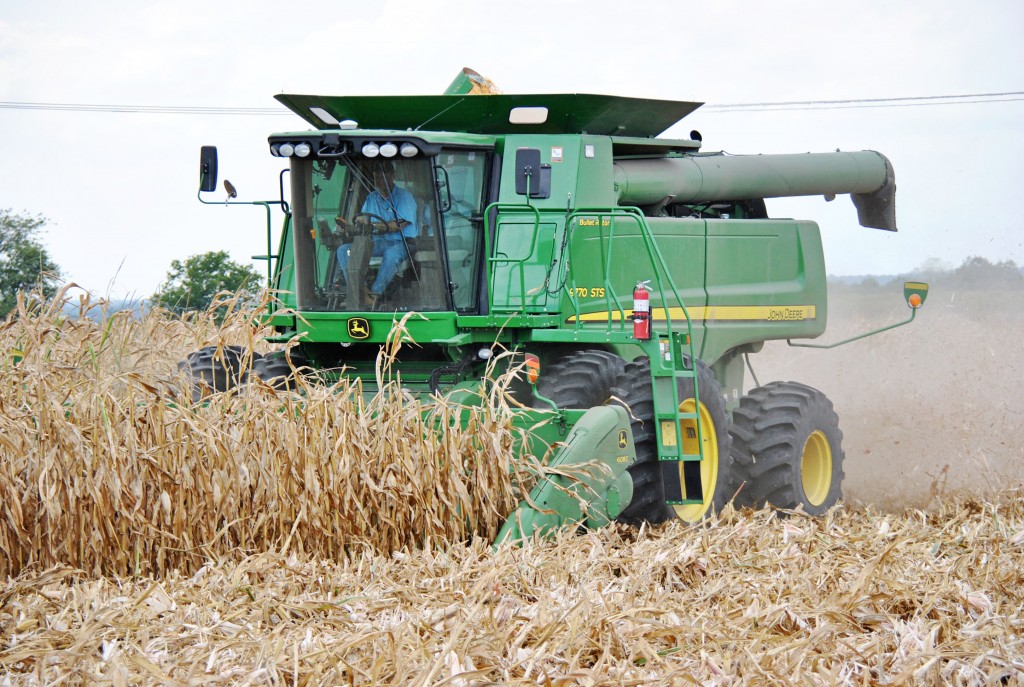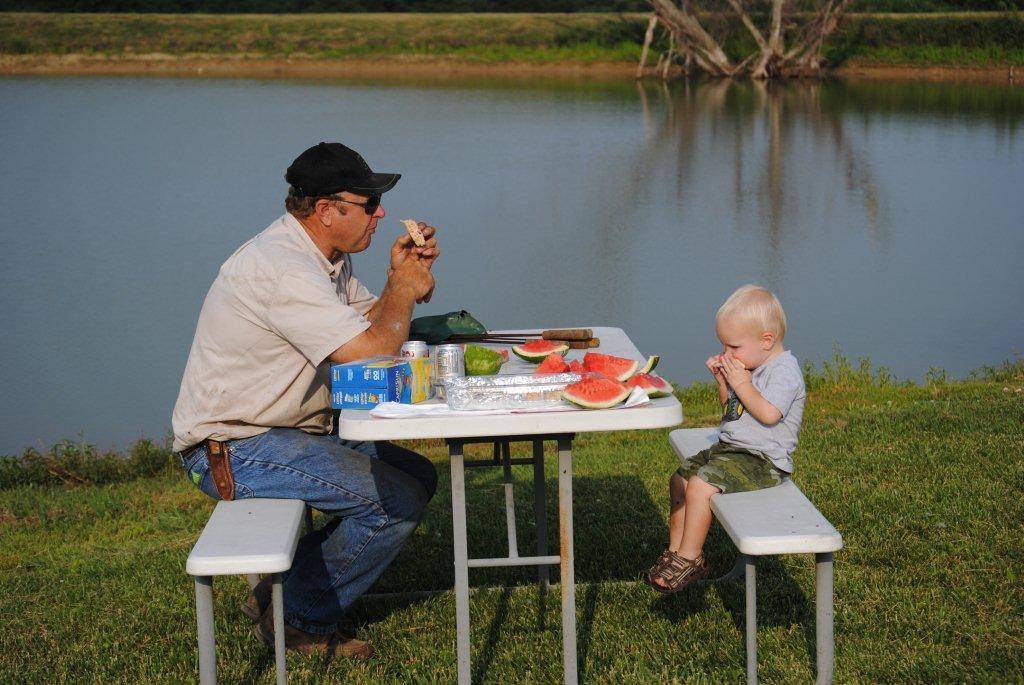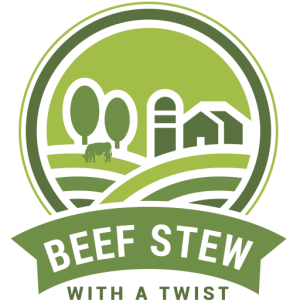Your source for Healthy and Affordable Beef
Q and A Regarding Lean Finely Textured Beef A.K.A. “Pink Slime”
Lean finely textured beef (LFTB) is a category of beef products that uses high‐
technology food processing equipment to separate lean meat from fat because doing it by hand
would be impossible. LFTB products prevent the waste of valuable, lean, nutritious, safe, beef
by using technology to do what hands cannot.
Unfortunately, recent media reports and so‐called “reality” shows have raised concerns
about the product without the benefit of facts from those that produce or use it. These
questions and answers aim to provide the facts.
Are these products regulated and inspected?
Yes. Lean finely textured beef is beef, quite simply, and all beef products are strictly
regulated and inspected by the U.S. Department of Agriculture (USDA). Inspectors are present
in plants where these products are made every day to ensure that this product is produced in a
safe and wholesome manner. During the two decades these products have been produced,
they have had an excellent food safety record.
What are the different types of lean finely textured beef?
There are two common types. One is called boneless lean beef trimmings and the other
is called finely textured beef. The products are similar in many ways, but they use different
antimicrobial treatments to enhance the safety of the finished product.
What are boneless lean beef trimmings (BLBT) finely textured?
When beef carcasses are processed into meat cuts consumers and restaurants use,
trimmings result. Trimmings are smaller pieces of fat that contain small portions of beef that
are wholesome and nutritious. To make BLBT, the trimmings are warmed to about 100F
degrees in equipment that looks like a large, high speed mixing bowl that spins these trimmings
to separate meat from the fat that has been liquefied. The resulting product is very low fat
(95+% lean), which many consumers desire. This process is very similar to the one used to
separate cream from milk.
Is it true that these trimmings previously were only used for pet food and oil and were unfit
for human consumption, as one media outlet claimed?
That statement is patently false. Beef trimmings are edible. No process can make an
inedible product edible. What the process does is separate the lean meat from the fat, which
was previously near impossible to accomplish through knife trimming by hand.
Is ammonia used to produce BLBT?
Food grade ammonium hydroxide (basically ammonia + water), which has been
declared safe by the Food and Drug Administration since 1974, is used to produce a number of
products such as puddings and baked goods and can be used in the processing of boneless lean
beef trimmings to control any harmful bacteria that may be present in the beef.
Why is ammonium hydroxide used in processing a beef product?
A puff of ammonium hydroxide gas slightly raises the pH of a product and can
destroy bacteria that could make someone ill if a raw product is not cooked thoroughly.
The USDA, after consultation with FDA, has determined that this use of ammonium
hydroxide is safe and it has been in use for this purpose since 2001.
Is ammonium hydroxide used in all lean, finely textured beef products?
No. Another variation known as finely textured beef is made in a similar way, but uses
citric acid, like the acid in a citrus fruit, to destroy bacteria. That particular type is referred to as
finely textured beef or FTB.
When any form of lean finely textured beef is blended into ground beef, will it be labeled?
Because it is 100% beef, LFTB is not singled out as a separate ingredient on ground beef
packages.
What do the experts say about its safety?
Experts such as Dr. Gary Acuff at Texas A&M University and Dr. John Floros at
Pennsylvania State University have examined these products and say that all forms of lean finely
textured beef are safe when produced in compliance with USDA regulations.
What do the food safety data show?
USDA data show that the incidence of E. coli in fresh ground beef has been declining
significantly over the past decade. The number of USDA ground beef samples testing positive
for E. coli O157:H7 dropped 55 percent between 2000 and 2010. Lean finely textured beef
products have been a part of that success story.
Is it really necessary to try to get every small bit of beef from a carcass?
Necessary? Perhaps not. But it absolutely is the right thing to do.
All types of lean finely textured beef are sustainable products because they recover lean
meat that would otherwise be wasted. The beef industry is proud to produce beef products
that maximize as much lean meat as possible from the cattle we raise. It’s the right thing to do
and it ensures that our products remain as affordable as we can make them while helping to
feed America and the world. If this beef is not used in fresh ground beef products,
approximately 1.5 million additional head of cattle would need to be harvested annually to
make up the difference, which is not a good use of natural resources, or modern technology, in
a world where red meat consumption is rising and available supply is declining.
Q&A Provided by: The American Meat Institute
For more information, visit www.MeatMythCrushers.com
